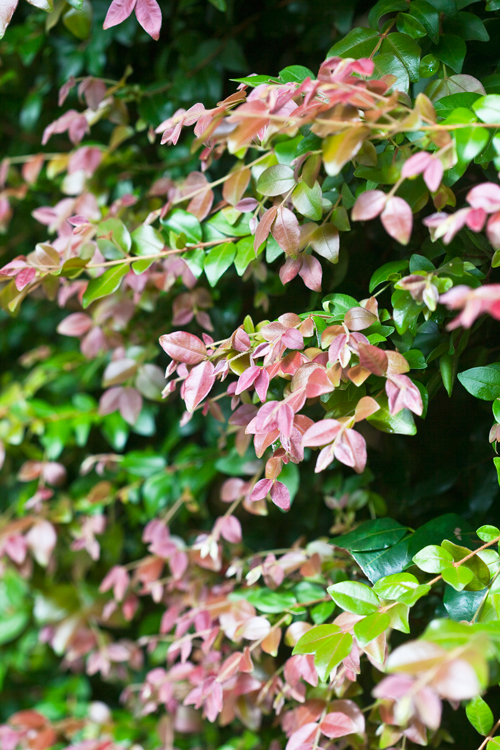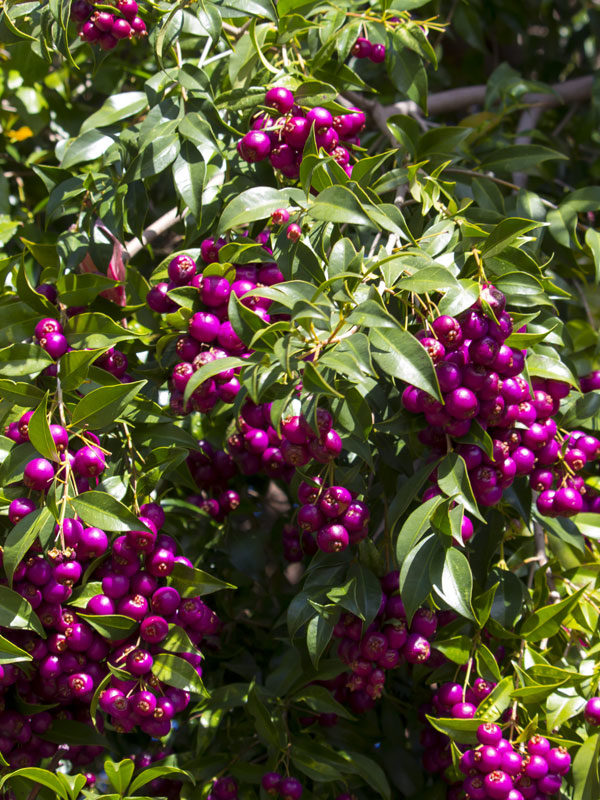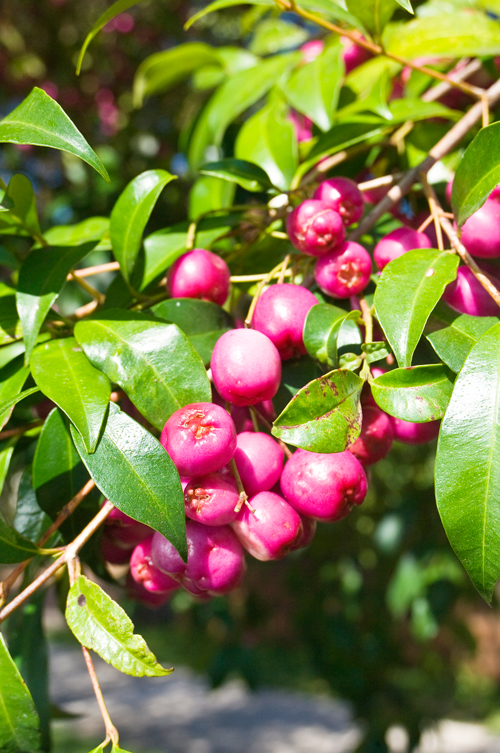Best Companion Plants For Lilly Pilly Trees
Lilly pilly trees (Syzygium spp.) are native to Australia and Southeast Asia. They are evergreen trees or shrubs that can grow up to 30 feet tall. Lilly pillies are known for their fragrant flowers and edible fruits. They are also relatively easy to care for, making them a popular choice for home gardens.
When choosing companion plants for lilly pilly trees, it is important to consider the tree's needs. Lilly pillies prefer full sun and well-drained soil. They are also relatively drought-tolerant. When choosing companion plants, it is important to select plants that have similar water and sunlight requirements.
Here are some of the best companion plants for lilly pilly trees:
- Flowering shrubs: Lilly pilly trees can be underplanted with flowering shrubs that bloom in the spring and summer. Some good choices include azaleas, camellias, and rhododendrons. These shrubs will add color and interest to the garden, and they will also help to attract pollinators.

- Groundcovers: Lilly pilly trees can also be underplanted with groundcovers. Some good choices include lantana, pansies, and violas. These plants will help to fill in the space under the tree and prevent weeds from growing.

- Vines: Lilly pilly trees can also be used as a support for vines. Some good choices include bougainvillea, passionflower, and wisteria. These vines will add color and interest to the garden, and they will also help to shade the tree's roots.

- Herbs: Lilly pilly trees can also be planted near herbs. Some good choices include rosemary, thyme, and oregano. These herbs will help to deter pests and diseases from the tree.

- Edible plants: Lilly pilly trees can also be planted near edible plants. Some good choices include strawberries, blueberries, and raspberries. These plants will benefit from the tree's shade and will also help to attract pollinators.

In addition to the plants listed above, there are many other companion plants that can be grown with lilly pilly trees. When choosing companion plants, it is important to consider the tree's needs and the desired effect. By carefully selecting companion plants, you can create a beautiful and harmonious garden that is both functional and attractive.
Lilly pillies are beautiful evergreen shrubs or trees that are native to Australia. They are known for their glossy leaves, fragrant flowers, and edible berries. Lilly pillies can be grown in a variety of climates and soil types, making them a versatile addition to any garden.
If you are considering planting a lilly pilly, you may be wondering what companion plants to choose. Some good companion plants for lilly pillies include:
- Grevillea: Grevilleas are another Australian native plant that is known for its showy flowers. They can help to attract birds and butterflies to your garden.
- Bottlebrush: Bottlebrushes are also native to Australia and are known for their bright red flowers. They can help to add a splash of color to your garden.
- Frangipani: Frangipanis are tropical plants that are known for their sweet-scented flowers. They can help to create a tropical oasis in your garden.
If you are looking for more information about lilly pilly companion plants, I recommend visiting Gardenia Inspiration. This website has a wealth of information on the topic, including a list of plants that are compatible with lilly pillies, as well as tips on how to plant and care for these plants.
FAQ of lilly pilly companion plants
Frequently Asked Questions about Lilly Pilly Companion Plants
Lilly pillies (Syzygium spp.) are a genus of evergreen shrubs and trees native to Australia and New Guinea. They are known for their fragrant flowers and edible fruits. Lilly pillies can be grown as ornamental plants, as hedges, or for their edible fruits.
Here are the 5 most frequently asked questions about lilly pilly companion plants:
- What are good companion plants for lilly pilly?
Lilly pillies are compatible with a wide range of plants, but some good companion plants include:
* Other native Australian plants, such as grevilleas, bottlebrushes, and banksias
* Plants that like similar growing conditions, such as those that prefer full sun and well-drained soil
* Plants that can help to attract pollinators, such as bees and butterflies
- What are some benefits of planting companion plants with lilly pilly?
There are several benefits to planting companion plants with lilly pilly, including:
* Companion plants can help to deter pests and diseases
* Companion plants can help to improve the soil quality
* Companion plants can help to attract pollinators
* Companion plants can add visual interest to the landscape
- What are some common problems with lilly pilly?
The most common problems with lilly pilly include:
* Myrtle rust, a fungal disease that can cause yellow spots and browning of the leaves
* Scale insects, which can suck sap from the leaves and branches
* Root rot, a fungal disease that can cause the roots to decay
- How can I care for lilly pilly companion plants?
The care requirements for lilly pilly companion plants will vary depending on the specific plants, but some general tips include:
* Water regularly, especially during hot, dry weather
* Fertilize once or twice a year with a balanced fertilizer
* Prune as needed to maintain shape and size
- Where can I buy lilly pilly companion plants?
Lilly pilly companion plants can be purchased from a variety of sources, including nurseries, garden centers, and online retailers.
Image of lilly pilly companion plants
- Lilly pilly and ligularia: Ligularias are large, tropical-looking plants with bold foliage. They can provide a good contrast to the smaller, more delicate leaves of lilly pillies.

- Lilly pilly and colocasia: Colocasias are also tropical plants with large, colorful leaves. They can add a touch of exotic flair to a garden.
- Lilly pilly and trailing plants: Trailing plants, such as lysimachia, dichondra, or cerastium, can be used to soften the edges of a lilly pilly planting. They can also help to fill in any gaps in the foliage.

- Lilly pilly and ferns: Ferns are another good choice for companion plants for lilly pillies. They can provide a lush, green backdrop for the lilly pillies' flowers and foliage.

- Lilly pilly and citrus trees: Citrus trees can also be good companion plants for lilly pillies. They have similar growing requirements and can provide a welcome splash of color in the garden.

Post a Comment for " Best Companion Plants For Lilly Pilly Trees"